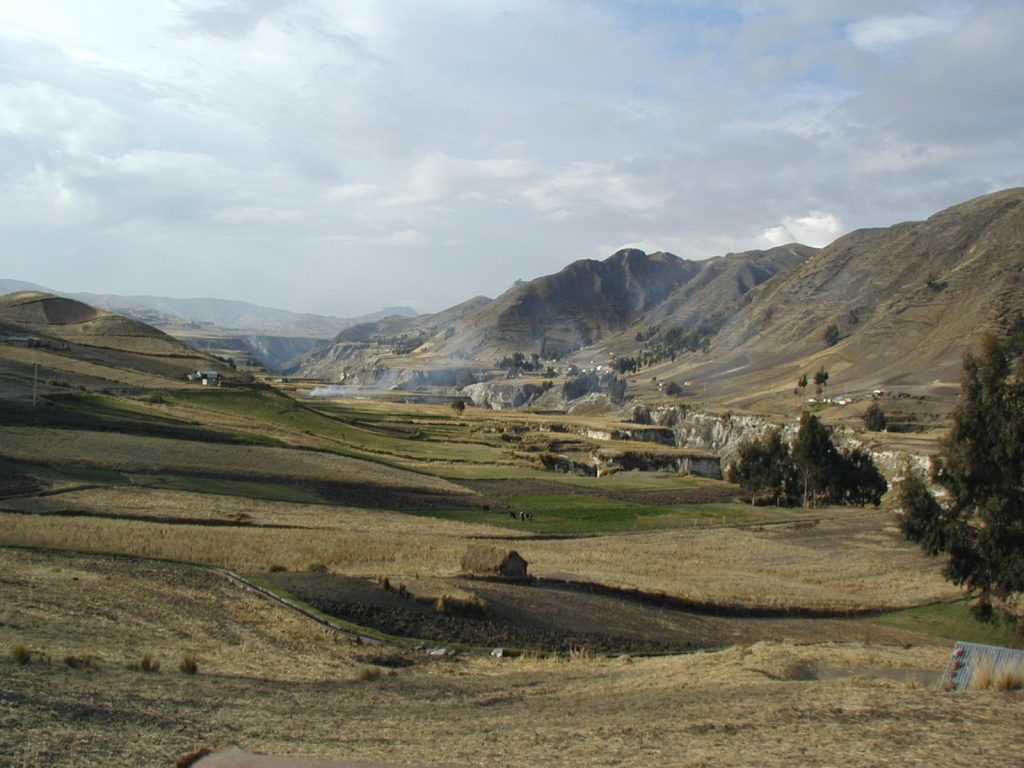
Scientists have hailed a helium discovery which could solve a shortage of the gas threatening life-saving work in medicine.
Reserves have been running out and doctors a year ago were calling for a ban on its usage in party balloons, branding it frivolous.
Helium does not just make voices go squeaky – its extremely low boiling point means it is used for super-cooling and is critical in MRI scanners, nuclear power and leak detection.
Until now helium has been found accidentally during drilling for oil and gas.
But a team from Oxford and Durham Universities, working with the Norwegian firm Helium One, has made a major discovery in Tanzania.
They applied the expertise used in oil and gas exploration to find how helium was generated underground and where it accumulated.
Their research showed that volcanic activity provides the intense heat necessary to release the gas from ancient, helium-bearing rocks.
Within the Tanzanian East African Rift Valley, volcanoes have released helium from deep rocks and trapped it in shallower gas fields.
Professor Chris Ballentine, Department of Earth Sciences, University of Oxford, said it was estimated there was probably 54 billion cubic feet (BCf) in just one part of the Rift Valley – enough to fill over 1.2 million medical MRI scanners.
Global consumption was around 8 BCf a year and the US Federal Helium Reserve, the world’s largest supplier, currently held around 24 BCf.
Prof Ballentine said: “This is a game changer for the future security of society’s helium needs and similar finds in the future may not be far away.”
Professor Jon Gluyas, Department of Earth Sciences, Durham University, who collaborated on the project, said the price of helium had gone up 500% in 15 years.
The inert gas escapes gravity and leaks into outer space.
Prof Gluyas said: “We have to keep finding more, it’s not renewable or replaceable.”